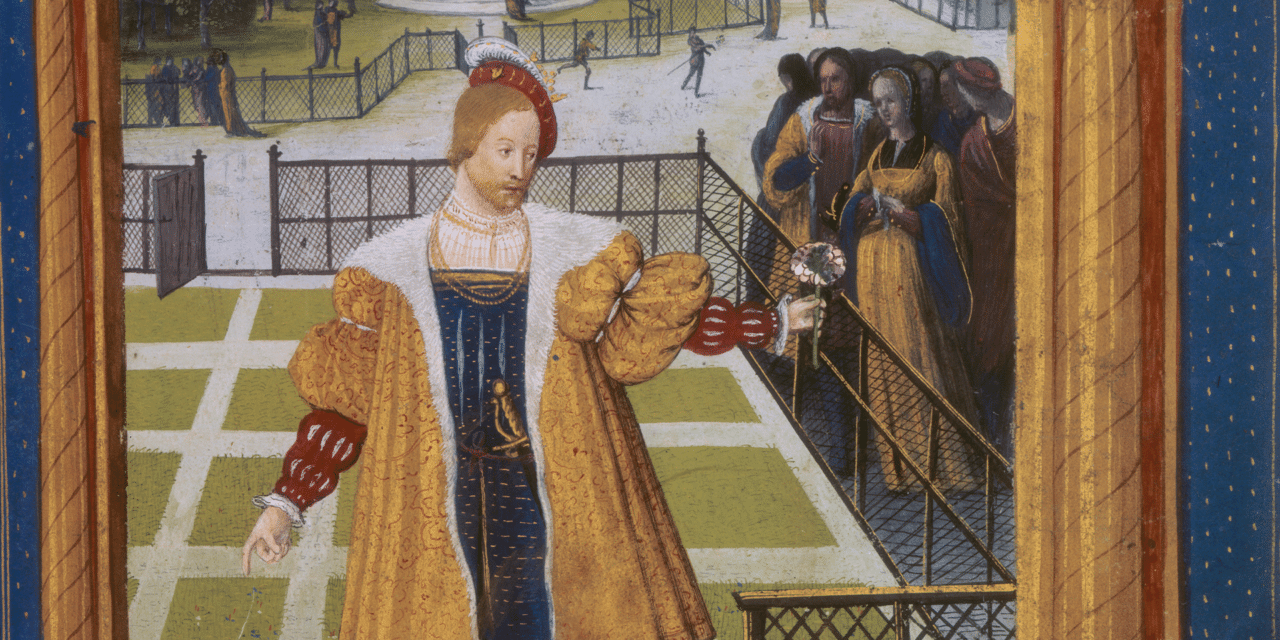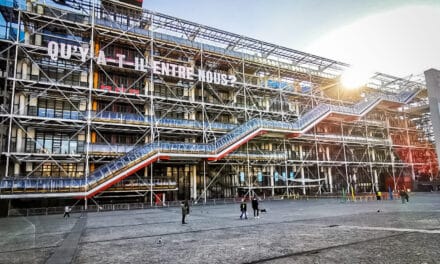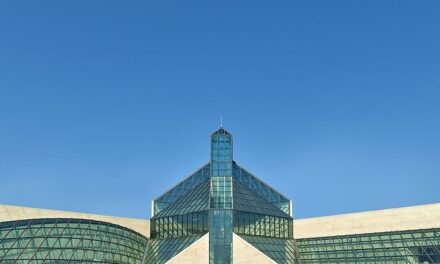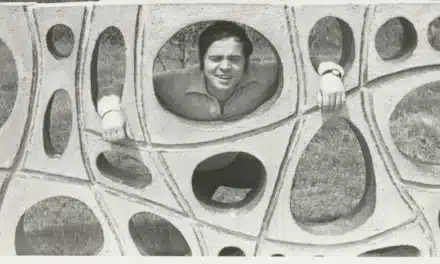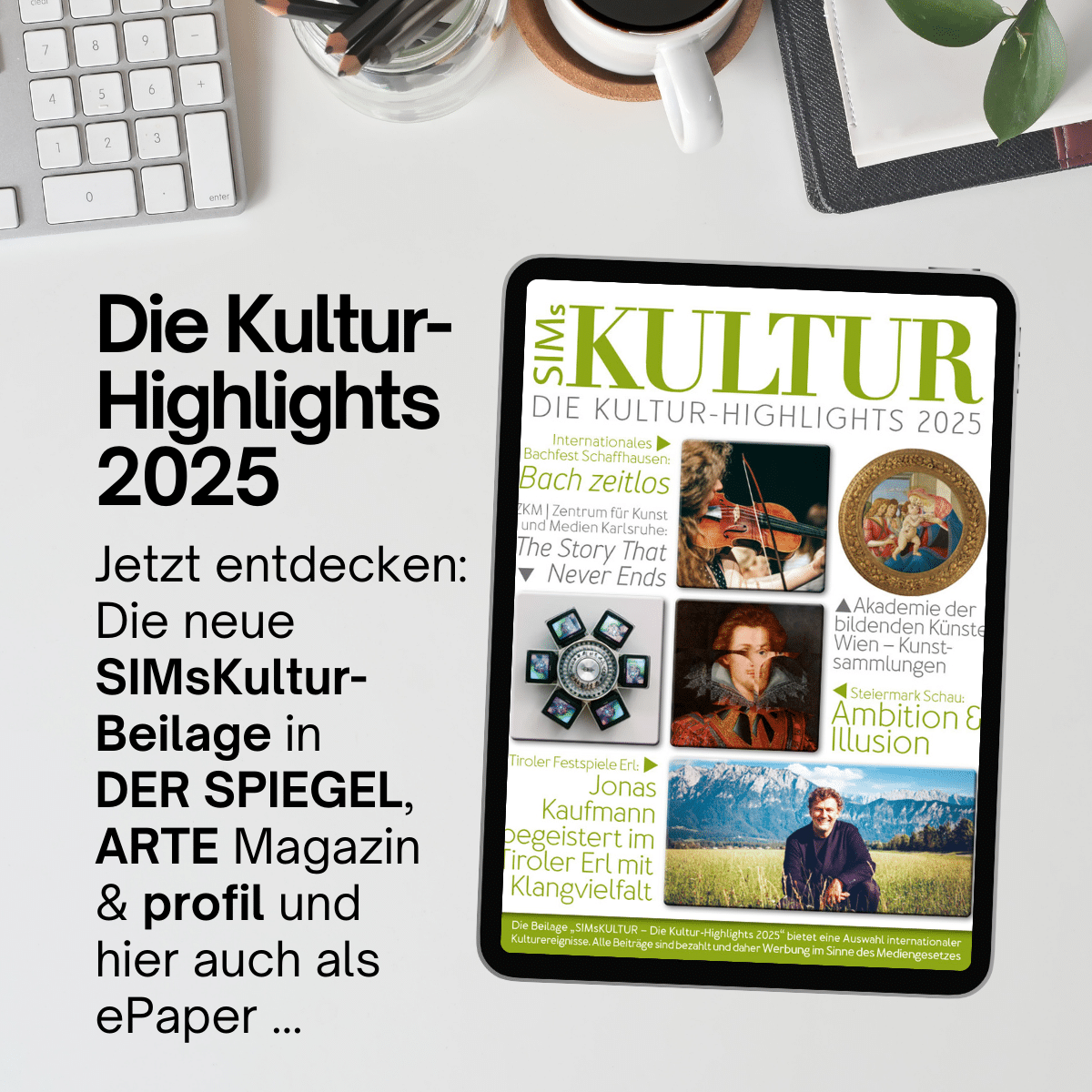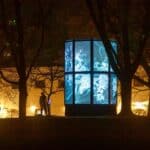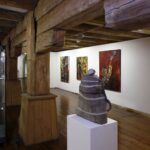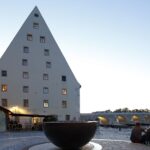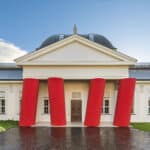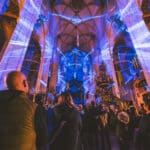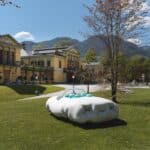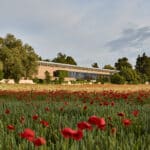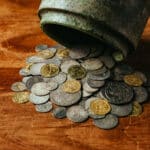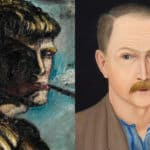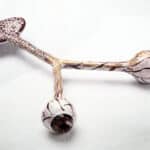The Renaissance, understood in its broadest sense, triggered the development of garden art and science according to particularly rich formulas and variations. Its transformation, its development, but also its place in the humanistic thinking of several generations contributed to the development of renewed aesthetic principles from the end of the 14th century to the beginning of the 17th century.
In the pure expression of their art and in the depth of their intimate experience, seven poets enjoy the charm of the garden, in private or in the service and praise of princes, in the course of this long Renaissance that began with François Petrarch and ended with William Shakespeare. Renaissance gardens, constantly and abundantly changing, from medieval heritage to new forms of displaying knowledge, thought and sensibility, prove their ability to stimulate and sometimes even anticipate poetry. Over a period of more than two and a half centuries, with the successive conquests of garden art proper, it is also the literary life of several famous groups that the exhibition wishes to outline. These include the gardens of the villas of the Grand Dukes of Tuscany, the gardens of the King of France at the time of Henry IV, not to mention those of the Château de Pau, which are now derelict and largely forgotten. This princely, then royal, estate could be described in 1598 as "the most beautiful I have ever seen in any place in Europe".
November 25, 2023 to February 25, 2024

